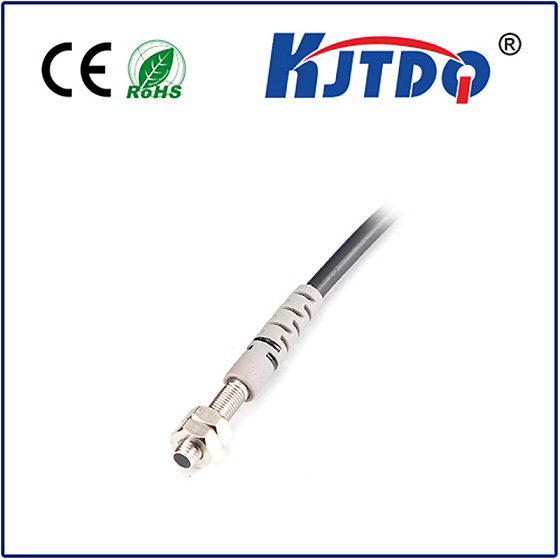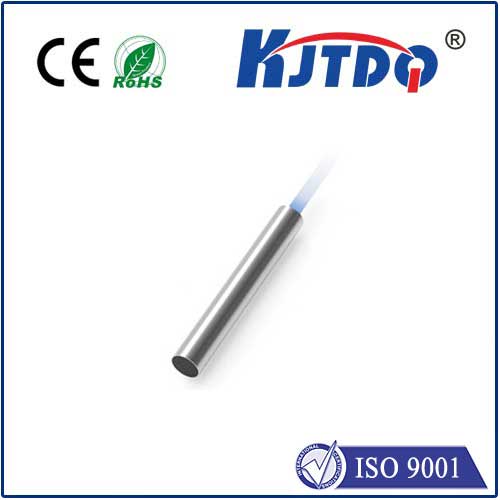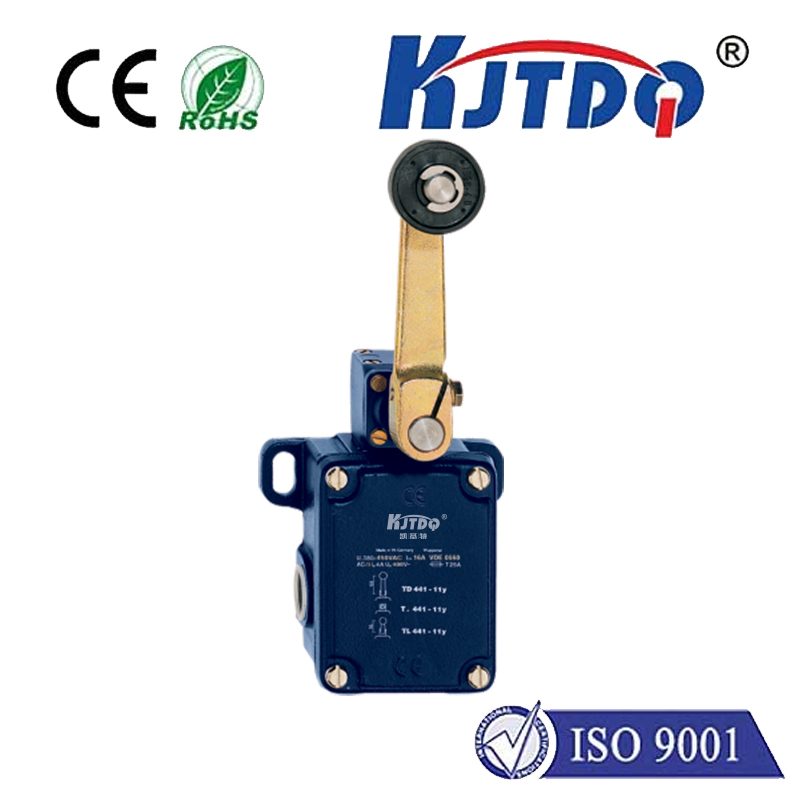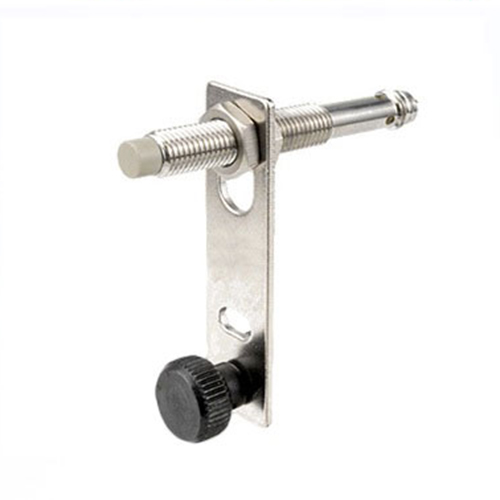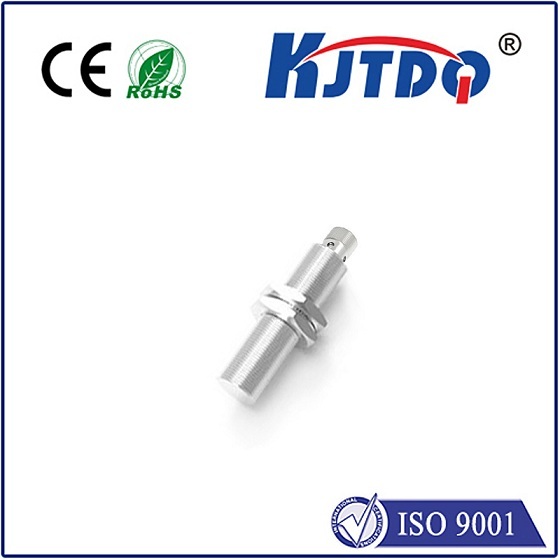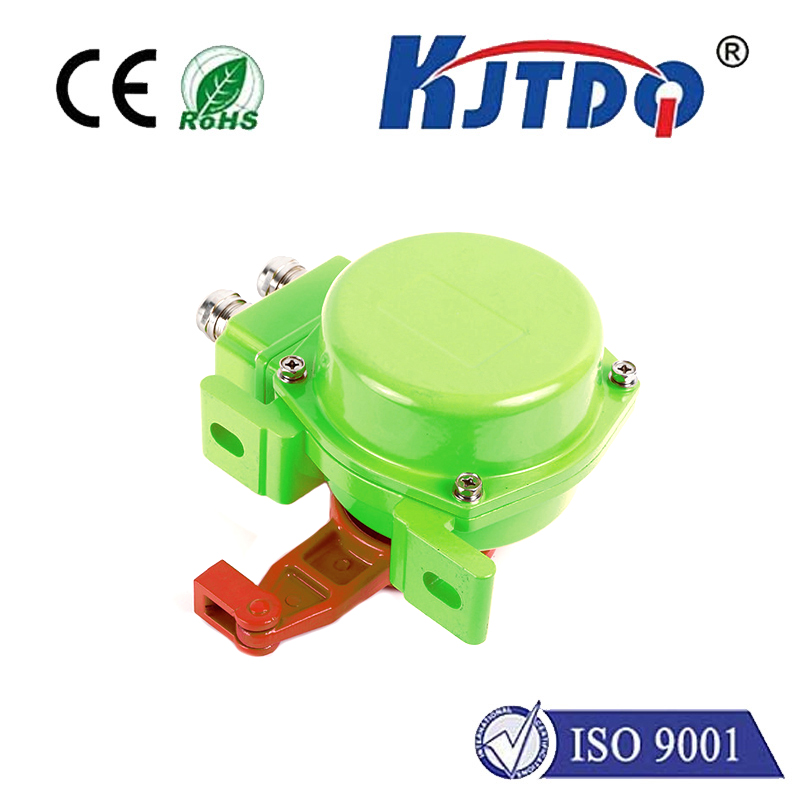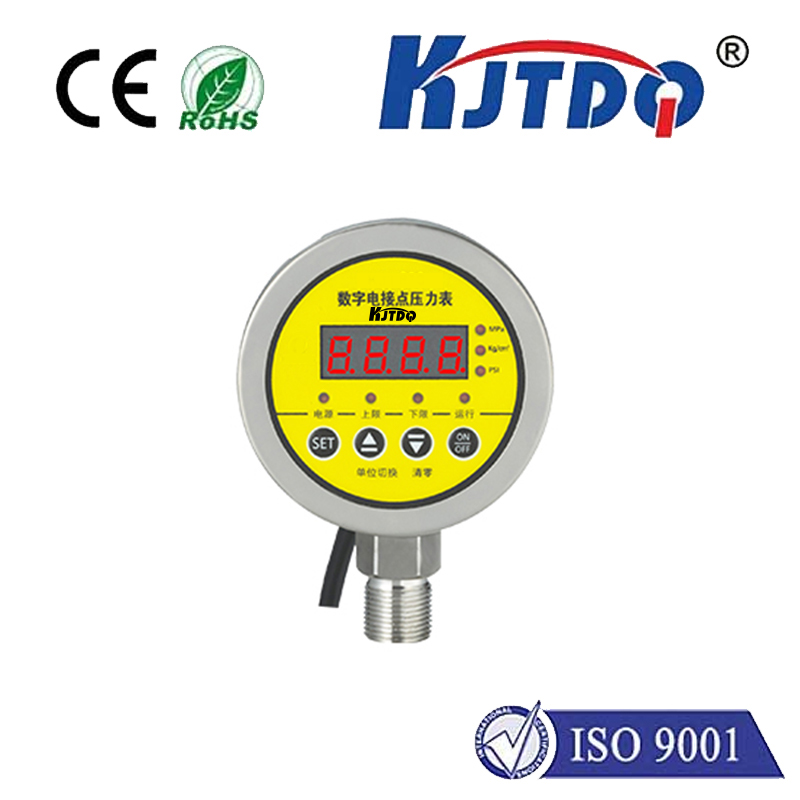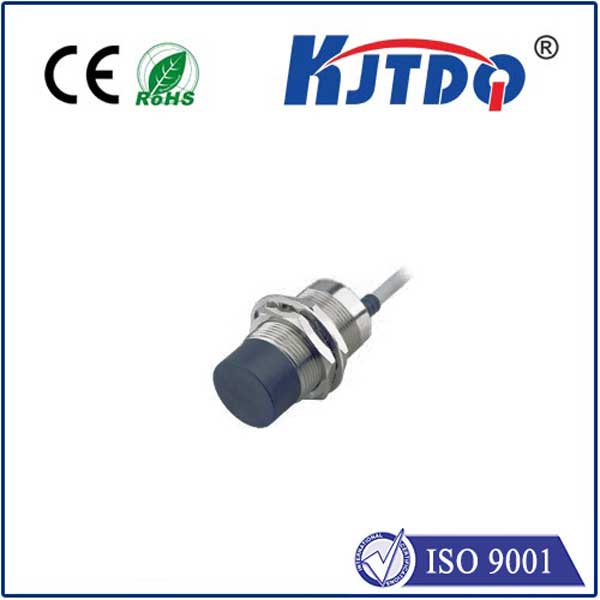

check

check

check

check

check

check

check

check

check

check
Exploring the Benefits of Photoelectric Liquid Level Sensors
Photoelectric liquid level sensors have become an essential tool in various industries, from manufacturing to water treatment. These sensors utilize the principles of light transmission and reflection to accurately measure the level of liquids in tanks, vessels, or other containers. In this article, we will discuss the benefits of photoelectric liquid level sensors and their applications in different industries.
High Accuracy and Reliability
One of the primary advantages of photoelectric liquid level sensors is their high accuracy and reliability. These sensors use a beam of light to detect the presence or absence of liquid at a specific point. When the light beam is interrupted by the liquid, the sensor sends an electrical signal to indicate the liquid level. This method eliminates the need for moving parts, which reduces the risk of mechanical failure and increases the sensor's lifespan. Moreover, photoelectric liquid level sensors can provide continuous monitoring of liquid levels, ensuring that any changes are detected immediately.
Non-Invasive and Non-Contact Measurement

Photoelectric liquid level sensors offer non-invasive and non-contact measurement capabilities, making them ideal for applications where contact with the liquid could cause contamination or damage to the sensor. These sensors can be mounted externally on tanks or vessels, eliminating the need for intrusive installation methods. Additionally, since there is no direct contact between the sensor and the liquid, photoelectric liquid level sensors can be used with a wide range of liquids, including corrosive chemicals and hot fluids.
Easy Installation and Maintenance
Another benefit of photoelectric liquid level sensors is their ease of installation and maintenance. These sensors can be quickly and easily installed on existing equipment without the need for complex modifications. Furthermore, they require minimal maintenance, as there are no moving parts to wear out or replace. The only maintenance required is occasional cleaning of the sensor's lenses to ensure accurate readings.
Versatile Applications
Photoelectric liquid level sensors are versatile and can be used in various industries and applications. For example, they are commonly used in water treatment facilities to monitor the levels of water in storage tanks and treatment processes. They are also widely used in the food and beverage industry to ensure accurate filling levels in packaging operations. Additionally, photoelectric liquid level sensors are often incorporated into industrial automation systems to monitor and control liquid levels in manufacturing processes.
Environmental Monitoring
Lastly, photoelectric liquid level sensors play a crucial role in environmental monitoring applications. They can be used to detect leaks or spills in wastewater treatment facilities, preventing potential environmental hazards. By providing real-time data on liquid levels, these sensors help facility operators respond quickly to any issues that may arise, minimizing the impact on the environment.
Conclusion
In conclusion, photoelectric liquid level sensors offer numerous benefits, including high accuracy and reliability, non-invasive measurement capabilities, easy installation and maintenance, versatile applications, and environmental monitoring. As technology continues to advance, it is likely that these sensors will become even more integral to various industries, improving efficiency and safety while reducing costs associated with traditional liquid level measurement methods.
